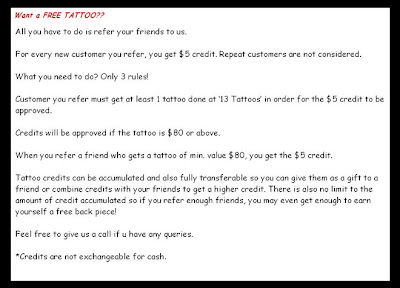There are several different methods for tattoo removal nowadays. In the late 1980's laser treatments have become the most popular and it is still the best method to remove tattoos without any scars. Before laser treatment was used, one or more of the below explained removal methods had to be used for removal which were often painful and scar including surgeries.
Dermabrasion
This is a method where the skin is being "sanded" with a wire brush or diamond fraise, a type of sanding disc, to remove the surface layer (Epidermis) and also parts of the Dermis, the layer where the tattoo is imbedded. This process may leave scars.
Salabrasion
A salt solution is used to remove the pigment. It is sometimes used in conjunction with dermabrasion, but has become less common.
Cryosurgery
In this method the area the tattoo was placed is frozen prior to it's removal.
Excision
This was the most common method prior to laser surgery. A dermatologist removes the tattoo with a scalpel and closes the wound again with stitches. If larger tattoos had been involved, a skin graft had to be taken from another part of the body to cover up the removed area.
Scarification
Involves removing the tattoo with an acid solution and creating a scar in its place.
Camouflaging
Injections with new pigments either to form a new pattern or cover a tattoo with skin-toned pigments are used to cover the tattoo. Please note that injected pigments tend not to look natural because they lack the skin's natural translucence.
This methods above are still used today in certain cases but laser surgery has become the standard treatment for tattoo removal. Laser treatments offer a bloodless, low risk, effective alternative with minimal side effects.

